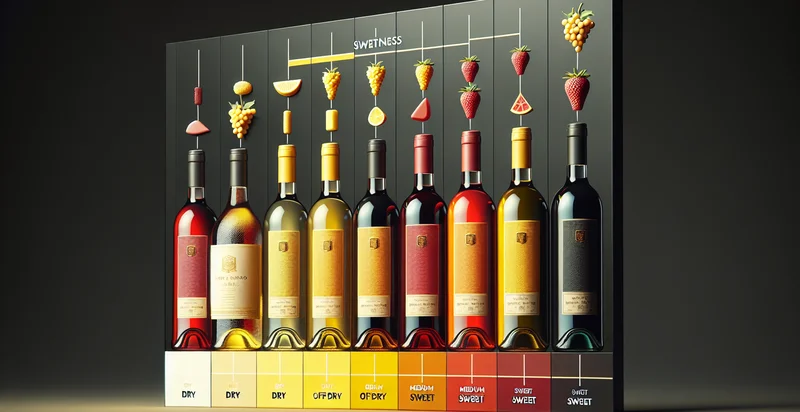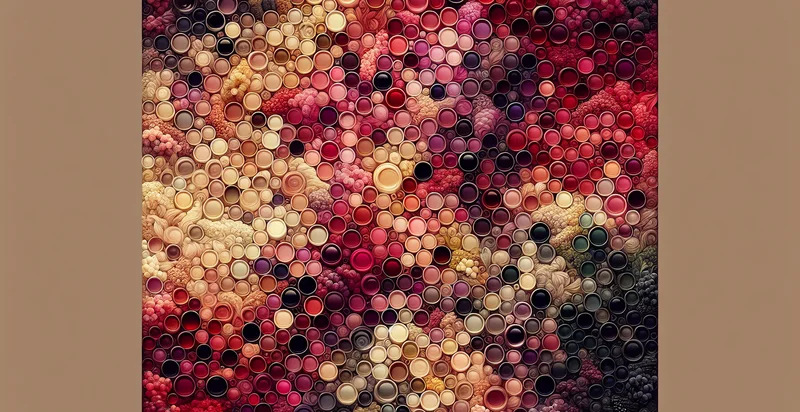Identify wine sweetness level by description
using AI
Below is a free classifier to identify wine sweetness level by description. Just input your text, and our AI will predict the sweetness level of your wine based on its description. - in just seconds.

Contact us for API access
Or, use Nyckel to build highly-accurate custom classifiers in just minutes. No PhD required.
Get started
import nyckel
credentials = nyckel.Credentials("YOUR_CLIENT_ID", "YOUR_CLIENT_SECRET")
nyckel.invoke("wine-sweetness-level-by-description", "your_text_here", credentials)
fetch('https://www.nyckel.com/v1/functions/wine-sweetness-level-by-description/invoke', {
method: 'POST',
headers: {
'Authorization': 'Bearer ' + 'YOUR_BEARER_TOKEN',
'Content-Type': 'application/json',
},
body: JSON.stringify(
{"data": "your_text_here"}
)
})
.then(response => response.json())
.then(data => console.log(data));
curl -X POST \
-H "Content-Type: application/json" \
-H "Authorization: Bearer YOUR_BEARER_TOKEN" \
-d '{"data": "your_text_here"}' \
https://www.nyckel.com/v1/functions/wine-sweetness-level-by-description/invoke
How this classifier works
To start, input the text that you'd like analyzed. Our AI tool will then predict the sweetness level of your wine based on its description..
This pretrained text model uses a Nyckel-created dataset and has 5 labels, including Dry, Off-Dry, Semi-Sweet, Sweet and Very Sweet.
We'll also show a confidence score (the higher the number, the more confident the AI model is around the sweetness level of your wine based on its description.).
Whether you're just curious or building wine sweetness level by description detection into your application, we hope our classifier proves helpful.
Related Classifiers
Need to identify wine sweetness level by description at scale?
Get API or Zapier access to this classifier for free. It's perfect for:
- Wine Recommendation Engine: This function can enhance wine recommendation systems by accurately identifying the sweetness level of wines based on user-provided descriptions. By automating this process, customers receive personalized suggestions that align with their taste preferences.
- Quality Control for Wineries: Wineries can utilize this text classification function in their quality control processes to ensure that the sweetness level of their wines matches the labeled descriptions. This helps maintain product consistency and improves customer satisfaction.
- Automated Wine Review Analysis: Wine review platforms can implement this function to categorize and analyze user-generated reviews for various wines. By identifying sweetness levels mentioned in descriptions, the platform can generate insights on consumer preferences and trends.
- Inventory Management for Retailers: Wine retailers can use this classifier to streamline their inventory management by tagging wines according to their sweetness levels. This allows customers to easily filter and search for wines that meet their specific sweetness preferences.
- Marketing Strategy Development: Marketers in the wine industry can leverage the classification results to develop targeted marketing strategies based on consumer preferences for sweetness. This enables the creation of tailored campaigns that resonate with different segments of the market.
- Wine Education Platforms: Educational platforms focused on wine tasting and appreciation can employ this function to help learners better understand wine characteristics. By providing accurate classifications of sweetness levels, users can refine their palates and enhance their tasting experiences.
- Data-Driven Flavor Pairing Tools: Chefs and culinary professionals can use this classification to develop data-driven flavor pairing tools. By understanding the sweetness levels of wines, they can create more effective food and wine pairing suggestions based on flavor profiles.


